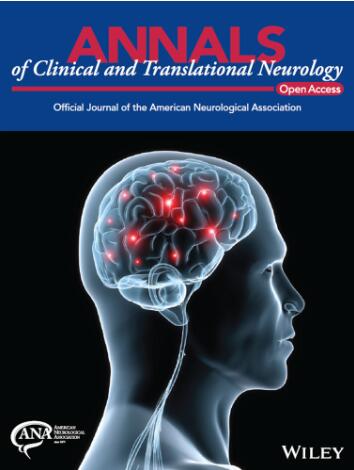Glial Fibrillary Acidic Protein Astrocytopathy Based on a Two-Center Chinese Cohort Study
Abstract
Objective
Glial fibrillary acidic protein astrocytopathy (GFAP-A) is a recently defined nosological form belonging to the class of autoimmune inflammatory disorders affecting the central nervous system (CNS). Here, we report the clinical and MRI characteristics, treatment, and prognosis of a GFAP-A cohort from two centers in China.
Methods
We retrospectively analyzed the data from 38 adult patients with positive GFAP antibodies and diagnosed as GFAP-A between June 2019 and September 2024. Clinical features, semiquantitative antibody test results, MRI features, treatment approaches, and prognosis were collected.
Results
Among the 38 patients, 24 were male, and the median age at disease onset was 49.5 years. The clinical phenotype included encephalomyelitis (28.9%), myelitis (23.7%), encephalitis (18.4%), meningoencephalomyelitis (18.4%), meningitis/spinal meningitis (7.9%), and peripheral neuropathy (2.6%). In enhanced MRI images, 4 (10.5%) of the patients showed enhancement of the cerebral meninges, 2 (5.3%) had enhancement of the ependyma, and 5 (13.2%) had enhancement of the spinal cord pia mater. 77.1% of the patients responded to the glucocorticoid treatment, while 65.8% had a monophasic course. Spearman correlation analysis showed that CSF-specific oligoclonal bands were significantly correlated with 1-year relapse (CI = 0.527, p = 0.003).
Interpretation
The clinical manifestations of GFAP-A are highly diverse, encompassing encephalitis, myelitis, and meningitis, including spinal meningitis. The enhancement of the spinal pia mater and ependyma on MRI was confirmed. Most patients exhibit a positive response to glucocorticoid therapy. The presence of CSF-specific oligoclonal bands could potentially serve as an indicator for predicting recurrence.



 求助内容:
求助内容: 应助结果提醒方式:
应助结果提醒方式:


